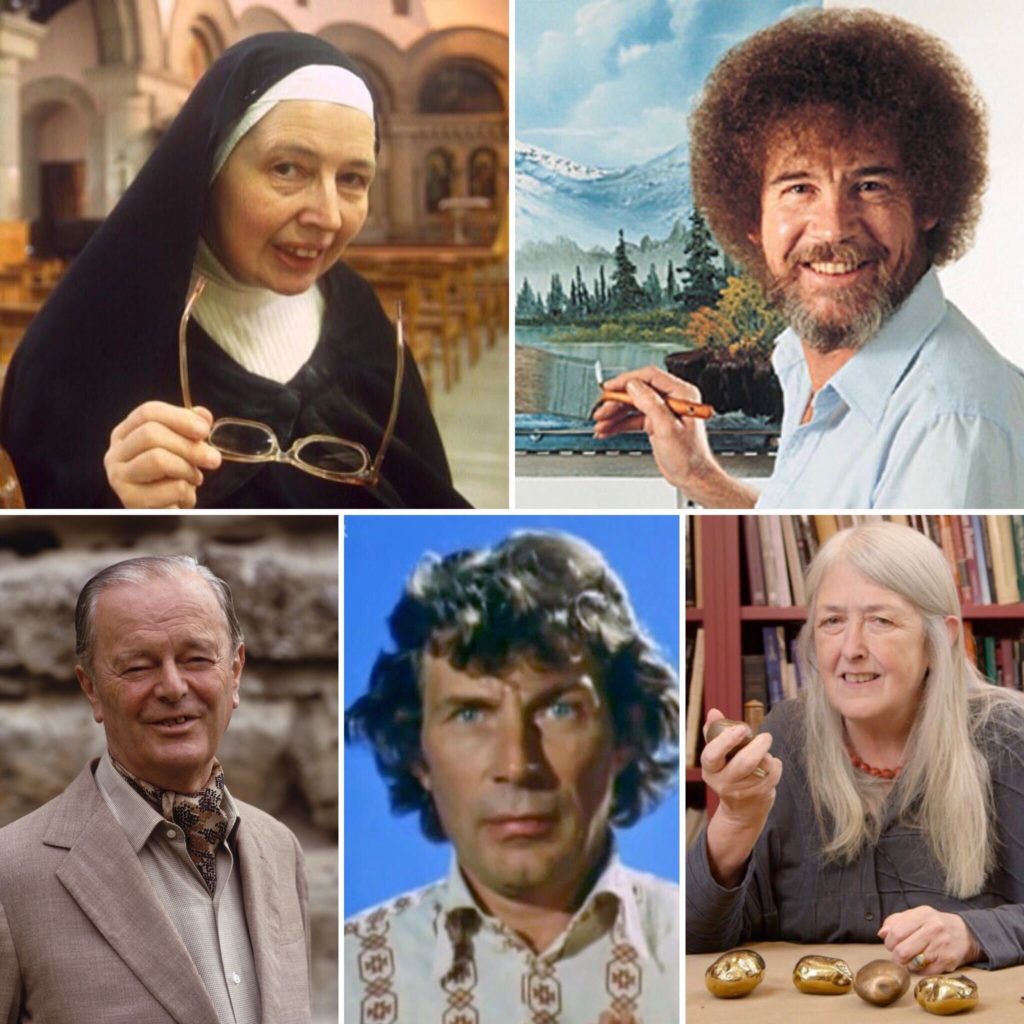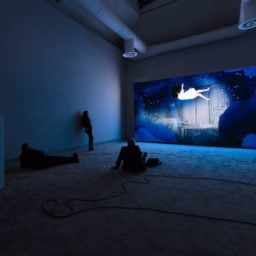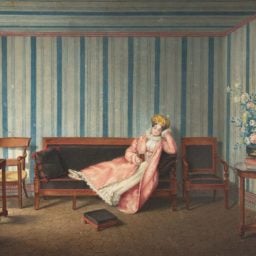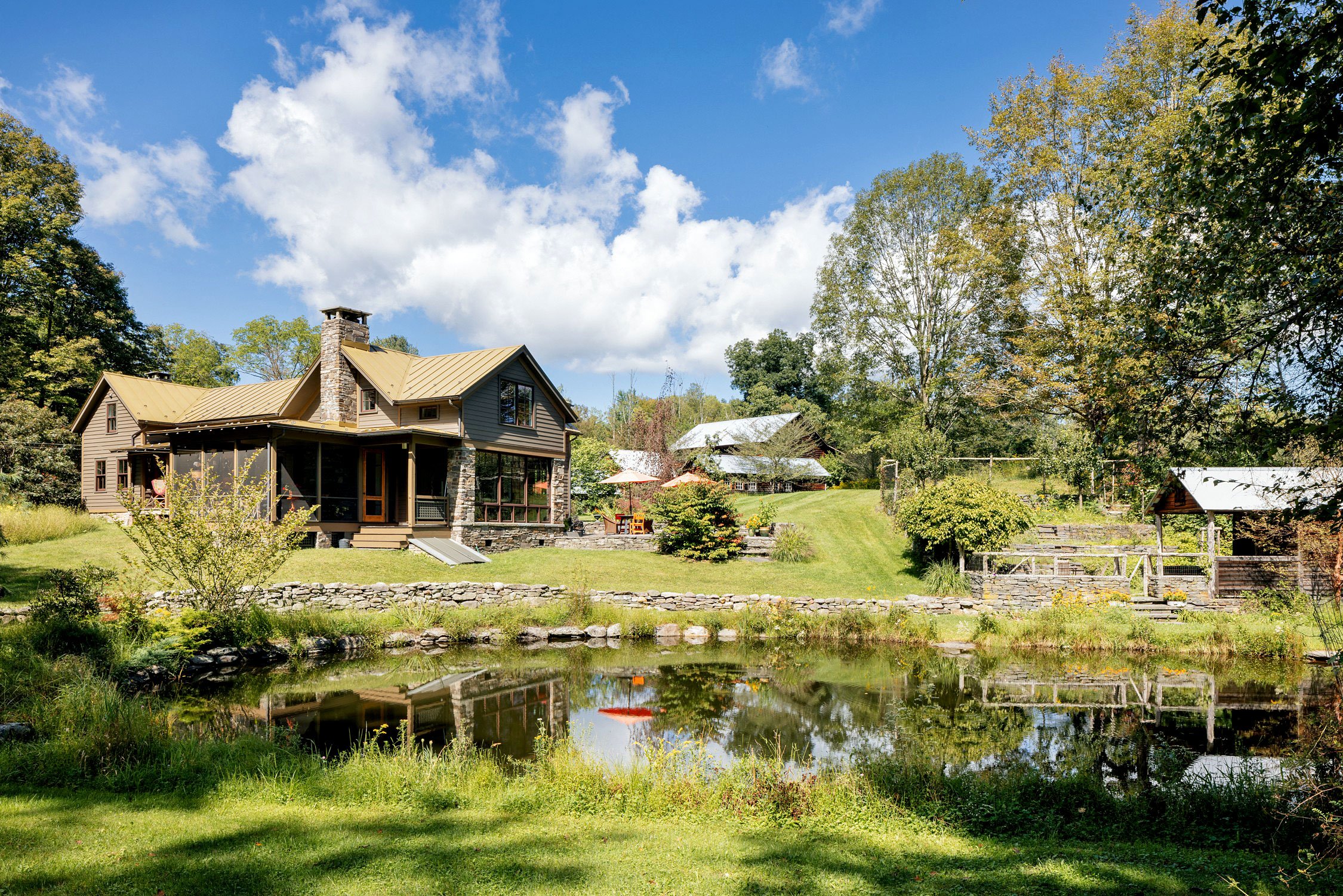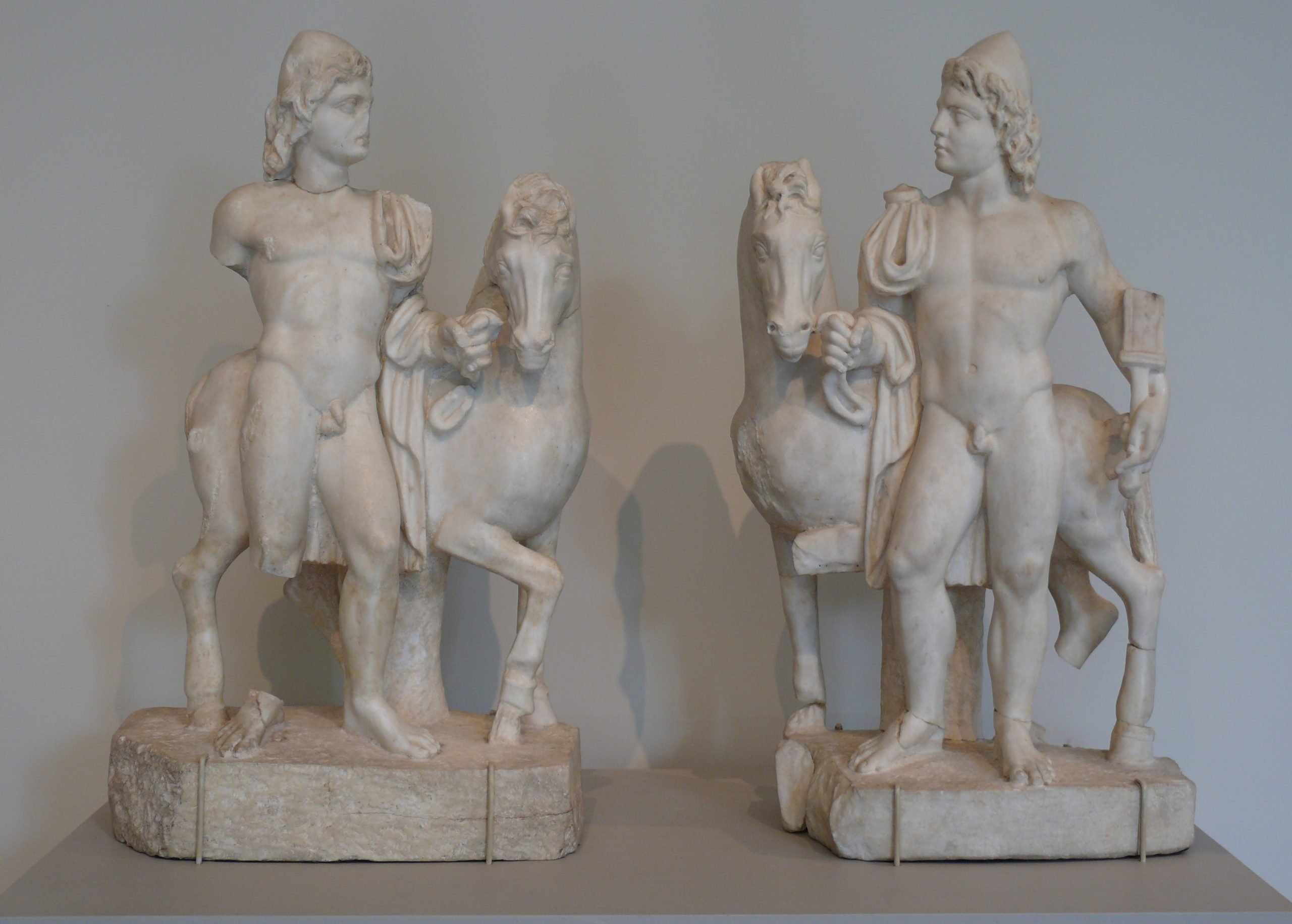If ever there was a time to hunker down with a good old-fashioned TV series, surely that time is now. What’s more, you can combine your love of binge-watching with your love of art history with these absolutely delightful and informative programs.
Here, we’ve compiled a list of some of our favorite art-related series.
“Ways of Seeing” (1972)
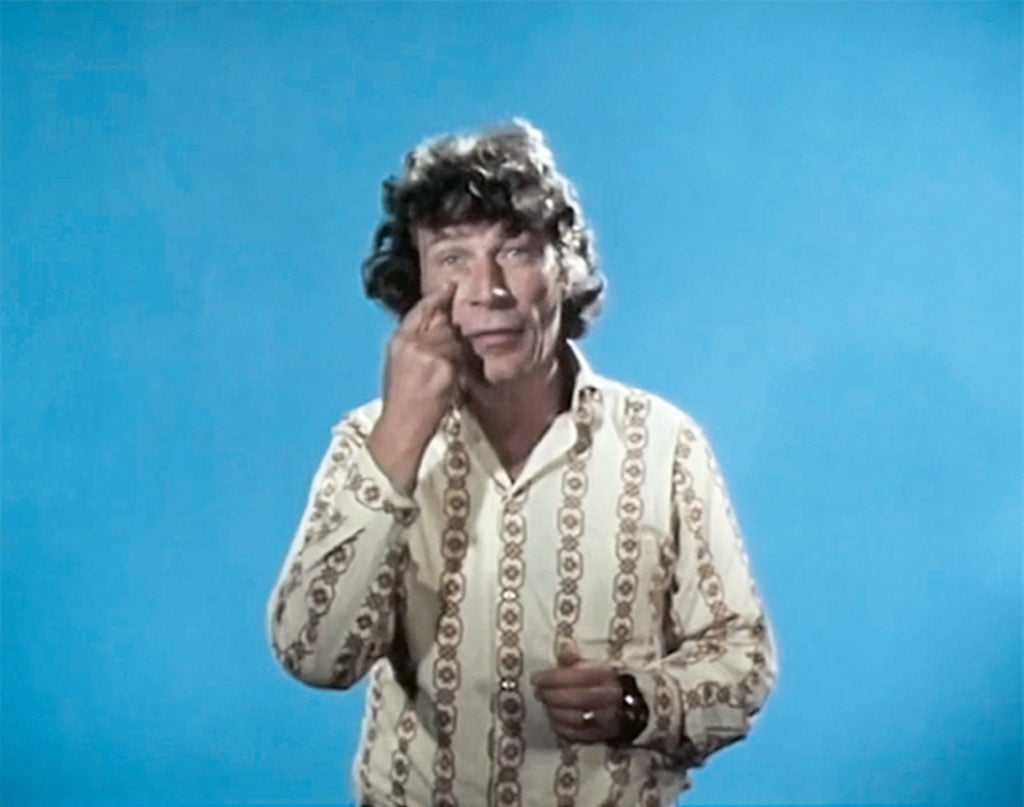
A still from John Berger’s “Ways of Seeing” (1972).
Total Time to Watch: Two hours
Where to Watch: YouTube
Why You Should Watch: Of all the achievements of “Ways of Seeing,” the writer John Berger’s hugely influential BBC series from 1972, perhaps what’s most impressive is that it still feels remarkably relevant nearly five decades later. The tropes upended in the late critic and novelist’s essayistic trips through the canon are still being grappled with in galleries, museums, and in publications like this one today.
Berger’s four-part series is literally required viewing in many art history classrooms, but it doesn’t feel like homework; it’s genuinely enjoyable. It’s also a particularly good watch in this screen-mediated moment, considering, as it does, technology’s impact on the experience of art.
—Taylor Dafoe
“Sister Wendy’s American Collection” (2001)
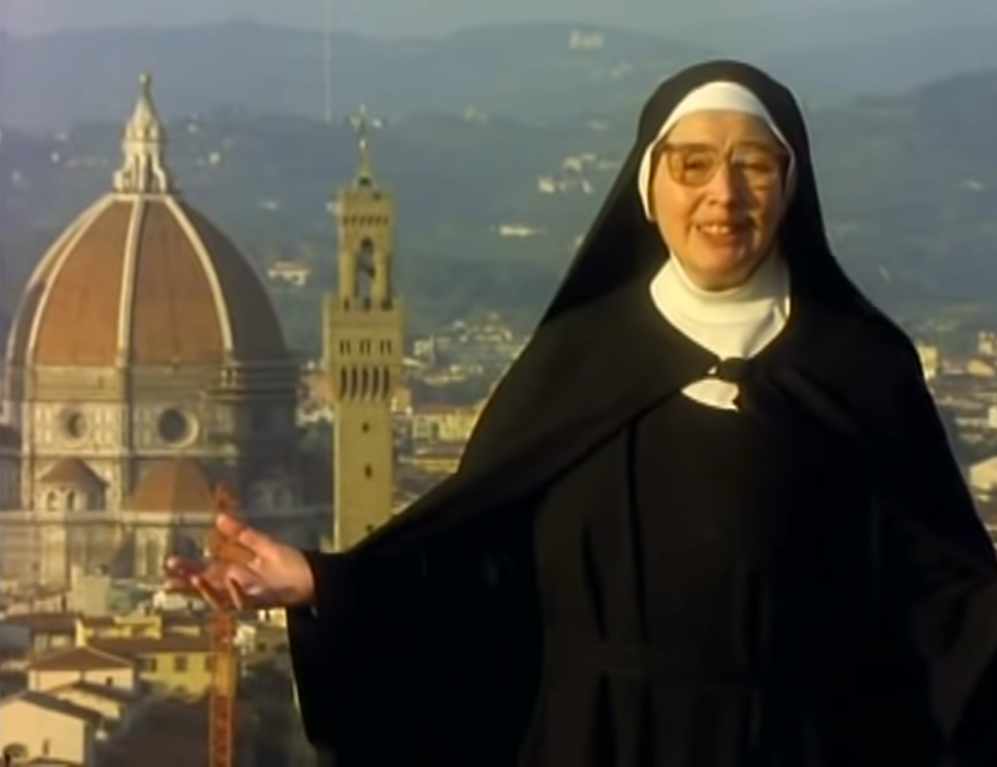
Still from Sister Wendy Beckett’s video on YouTube.
Total Time to Watch: Six hours
Where to Watch: PBS or buy the video
Why You Should Watch: In the 1990s, the South African nun Sister Wendy became a breakout star on the BBC for her awe-filled visits to art museums around the world. The Roman Catholic nun mused with infectious delight about everything from Michelangelo’s Pietà to David Hockney’s portrait of his male lover by a pool (“art only works if it comes from love,” she said of the painting).
In 2001, she toured the US for the PBS series Sister Wendy’s American Collection, where she accessibly expounded on Grant Wood’s American Gothic at the Art Institute of Chicago, Polynesian wood carvings at the Met, and beyond. No work of art is unworthy of contemplation or beneath Wendy (who all the while maintained her vow of poverty), making this show a refreshing reminder of the pleasures of experiencing art without pretension or pricetags.
—Rachel Corbett
“Raiders of the Lost Art” (2014–2016)
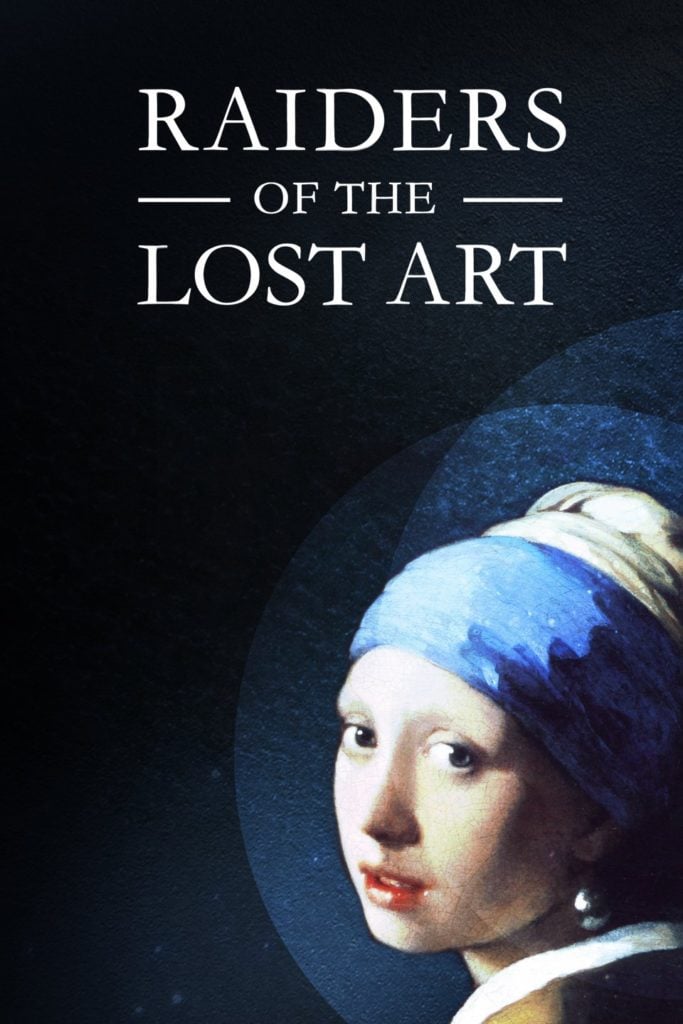
Raiders of the Lost Art can be streamed on Amazon Prime.
Total Time to Watch: 8 hrs 45 minutes
Where to Watch: Amazon Prime (Season 1 & 2)
Why You Should Watch: Don’t let the kitschy name turn you away! This fast-paced series tells the fascinating stories behind artworks which have disappeared through thievery, oversight, and other mysterious circumstances. From vanishing Vermeers to global hunts for Fabergé Eggs—the episodes are filled with a shocking number of experts and art historical details, while the narrator’s dramatic intonation and suspenseful score lend it an air of guilty pleasure watching.
—Katie White
“Fake Or Fortune” (2011–19)
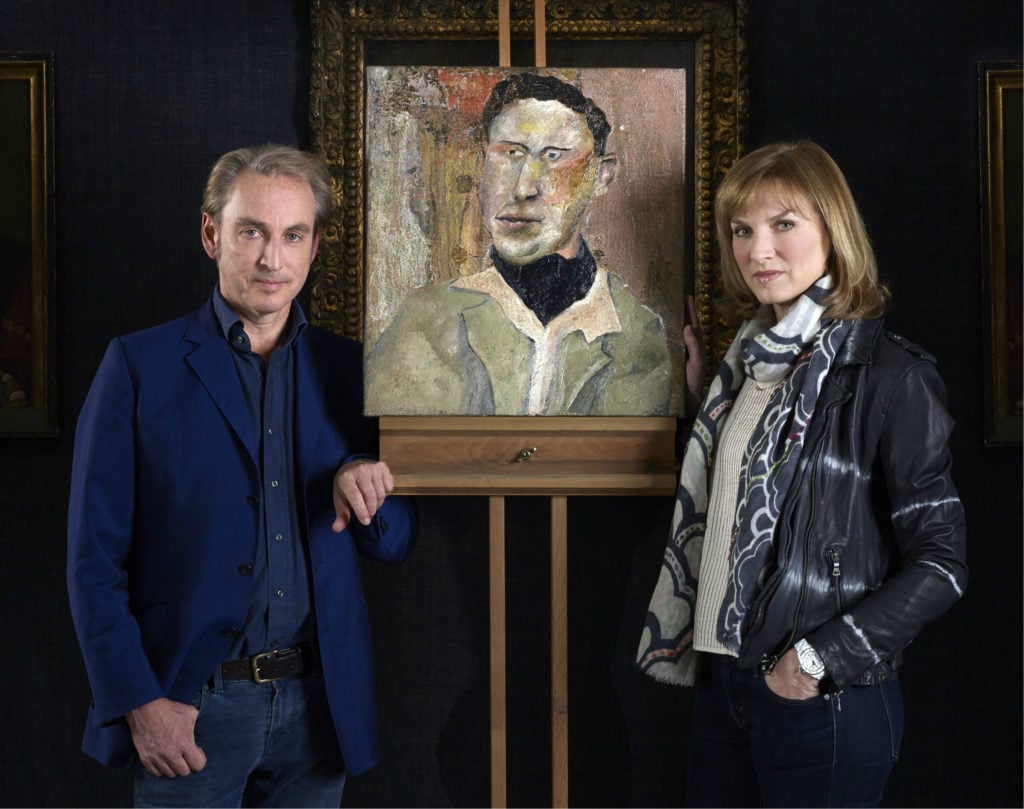
The presenters of Fake or Fortune? with a genuine Lucian Freud. Courtesy of the BBC.
Total Time to Watch: 31 hours
Where to Watch: BBC One or Amazon Prime
Why You Should Watch: Each episode of this BBC series, copresented by the journalist Fiona Bruce and the art historian Philip Mould, investigates the authenticity of an artwork.
The show dives into the nitty gritty of provenance, forensic and material analysis, and style to determine the answer to the titular question: Is it a fake, or will it be worth a fortune? From an inquiry into a Monet rejected by the Wildenstein Institute, to the recovery of a long-lost Giacometti, there are eight seasons of episodes to trawl through, and it makes the difficult work of art authentication look easy enough to try for yourself. Happy hunting—but beware, you’ll think you’re seeing sleepers everywhere.
—Naomi Rea
“Hidden Hands: A Different History of Modernism” (1995-96)
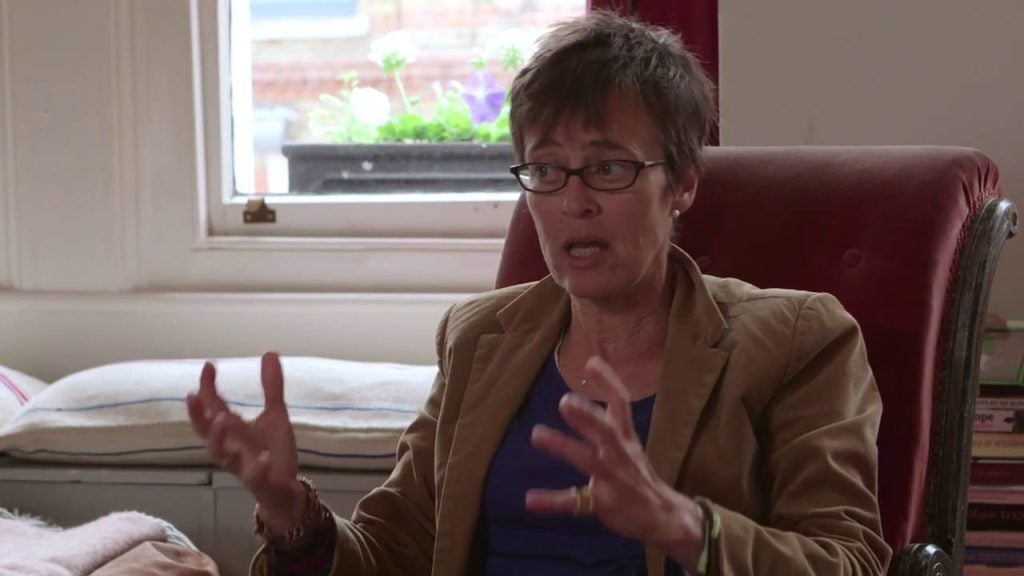
Author Frances Stonor Saunders, of Hidden Hands.
Total Time to Watch: 4 hours
Where to Watch: YouTube
Why You Should Watch: I found this series while researching the references in the art of Agnes Pelton, just before her show at the Whitney shuttered due to lockdown. Frances Stonor Saunders, author of The Cultural Cold War, is the force behind the show, and each of its four episodes focuses on one overlooked aspect of modern art: Cold War politics in episode one (“Art and the CIA”); modern ideas of hygiene and health in episode two (“A Clean White World”); and collaboration with the Nazis during the French occupation in episode three (“Painting With the Enemy”).
But it’s the fourth episode, “Is There Anyone Out There?”, that brought me to it, giving a nice capsule history of the impact of Theosophy and other New Age philosophies on the early moderns. It’s from the ‘90s (and looks very ‘90s!), and doesn’t dig into the overlooked, spiritually inspired female artists who’ve fired the imagination in recent years like Georgiana Houghton and HIlma af Klint. But it still gives great context for references that I didn’t know, like Piet Mondrian’s early Symbolist “Evolution” triptych or Wassily Kandinsky’s lost spiritualist photos. Very fun and very interesting.
—Ben Davis
“Civilisation” (1969)
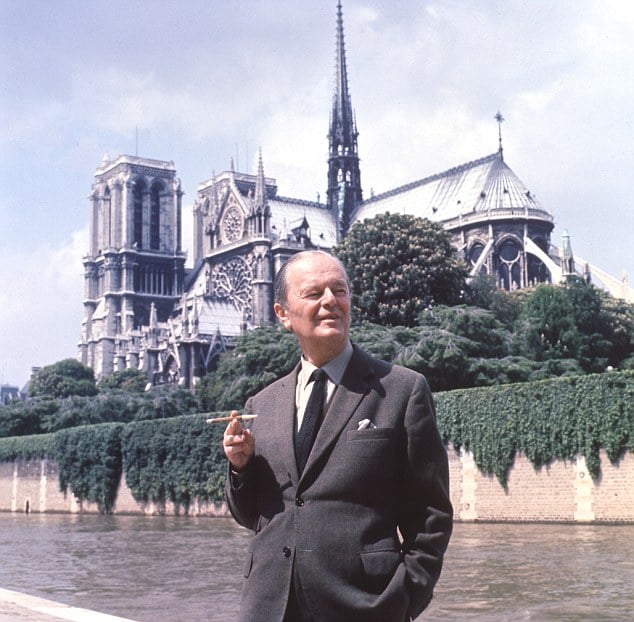
Kenneth Clark in a still from the opening episode of Civilization.
Total Time to Watch: 11 hours
Where to Watch: Youtube
Why You Should Watch: Kenneth Clark’s distinguished career as a scholar, museum director, and popularizer of complex ideas finds its most distilled expression in this 13-part BBC series about what he calls “civilization,” which is different from civilization per se. In this case, it’s his feelings and observations that count, and instead of an objective history, we get Clark’s “personal view,” as the opening titles of the first episode admit.
There are problems with Civilisation. It is too sure of itself and a little too refined, sometimes othering of non-Western cultures, and can be curiously narrow in its interests, despite the fact that it covers about 1900 years of history. But there are enormous pleasures and insights in Clark’s sweeping worldview and his gentleman’s, 19th-century sensibility. He ties together far-ranging ideas to present a rigorous and largely convincing picture of the history of the world. Can you imagine anyone even attempting that today? Sure, Clark offers only one perspective. But it’s richer than most others.
—Pac Pobric
“The Power of Art” (2006)

Simon Schama, host of “The Power of Art” courtesy of BBC.
Total Time to Watch: 8 hours
Where to Watch: YouTube or buy the box set
Why You Should Watch: This now-famous trek through art history with eminent author and historian Simon Schama is equal parts entertaining and enlightening. Schama takes viewers through eight seminal artworks and the fascinating lives of the artists—Caravaggio, Bernini, Rembrandt, David, Turner, Van Gogh, Picasso, and Rothko—behind them.
The series employs a mix of dramatic reconstruction, fascinating photography, and Schama’s inimitable blend of scholarly insight with compelling storytelling. Viewers are transported from Baroque Rome to revolutionary France, and from Civil War-era Spain to the 1950s in New York, among other locales.
—Eileen Kinsella
“Shock of the Nude” (2020)
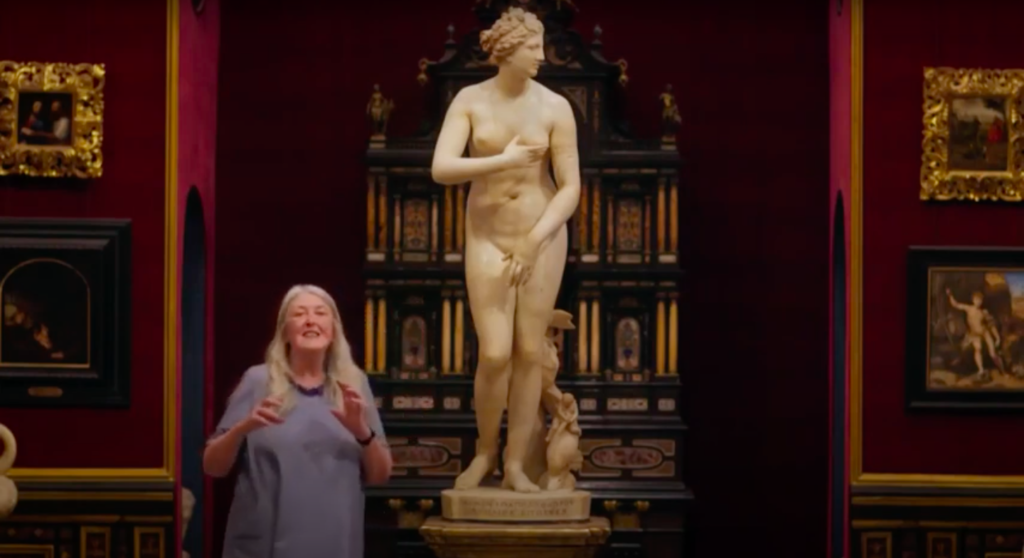
Still from episode one of Mary Beard’s Shock of the Nude. Courtesy of YouTube.
Total Time to Watch: 2 hours
Where to Watch: Youtube or BBC Two
Why You Should Watch: Look, nothing will endear an art-history series to me quicker than seeing a warning that it’s age-restricted based on YouTube’s community guidelines. But a close second factor is the opportunity to spend time with a deeply knowledgeable and endlessly charming scholar as she walks through a fascinating subject in a cheeky (no pun intended), down-to-earth way.
Mary Beard’s Shock of the Nude checks all these boxes. Beard, one of the world’s foremost classicists, uses the show to interrogate the primacy of the nude figure in Western art through the centuries. No one else could so cogently tease out the form’s aesthetic importance, while simultaneously asking a question I’ve considered in many museums more times than I should admit: Despite its merits, is this artwork here largely because we like to look at hot naked people under the guise of higher learning?
—Tim Schneider
“The Joy of Painting” (1983–94)

Bob Ross in The Joy of Painting. Photo via YouTube.
Total Time to Watch: 201 and a half hours
Where to Watch: YouTube, with limited episodes on Netflix
Why You Should Watch: Okay, it’s not art history, but it’s Bob Ross! A treasure of public television, Ross makes painting look effortless, scraping his palette knife across canvases to create the “happy little trees” that inhabit his kitschy masterpieces. He narrates the entire process in dulcet tones, his glorious permed afro bobbing back and forth as he deftly transforms indistinct blotches of color into recognizable landscapes through the magic of wet-on-wet oil painting. (The technique was developed by Ross’s predecessor, German painter Bill Alexander, whose show, The Magic of Oil Painting, aired on PBS from 1974 to 1982.)
Despite the fact that its last episode was filmed more than 25 years ago, The Joy of Painting has retained a loyal fanbase. When the Emmy-winning series was added to YouTube in 2015, it had a viral moment, streaming live on Twitch for tens of thousands of viewers. Three years later, meditation and sleep app Calm added the instructional TV show to its lineup, sans visuals, in the hopes that Ross’s soothing monologue might help lull users to sleep.
—Sarah Cascone
Follow Artnet News on Facebook:
Want to stay ahead of the art world? Subscribe to our newsletter to get the breaking news, eye-opening interviews, and incisive critical takes that drive the conversation forward.
